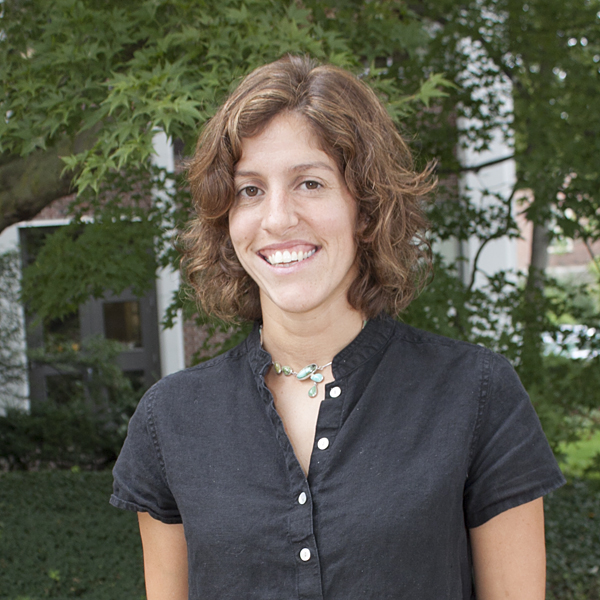The 2017 National Ground Water Association’s Darcy Lecture, delivered by Dr. Kamini Singha, is set for Thursday, Feb. 23, at 2 p.m. in East Central University’s Estep Multimedia Center in the Bill S. Cole University.
The lecture, which is free and open to the public, is being presented by the Robert S. Kerr Environmental Research Center GWERD (Ground Water and Ecosystems Restoration Division) Series and The Oka’ Institute.
Singha’s lecture, entitled “The Critical Role of Water in Critical Zone Science: An Exploration of Water Fluxes in the Earth’s Permeable Skin,” examines the geophysical tools used to study key processes that control water movement and availability in the subsurface where there is no easy access for observation.
Earth’s “critical zone” – the zone of the planet from treetops to base of groundwater – is critical because it’s a sensitive region, open to impacts from human activities, while providing water necessary for human consumption and food production. Quantifying water movement in the subsurface is critical to predicting how water-driven critical zone processed respond to changes in climate and human perturbation of the natural system.
While shallow soils and aboveground parts of the critical zone can be easy to instrument and explore, the deeper parts of the critical zone – through the soils and into rock – are harder to access, leaving many open questions about the role of water in this environment.
This presentation opens the black box in the subsurface and sheds light on a few key subsurface processes that control water movement and availability: Linkages between changes in evapotranspiration and subsurface water stores, water movement in three dimensions over large areas and potential control of slope aspect on subsurface permeability. Geophysical tools are central to the quantitative study of these problems in the deeper subsurface where we don’t’ have easy access for observation.
Singha is a professor in the Department of Geology and Geological Engineering and is the associate director of the Hydrologic Science and Engineering Program at the Colorado School of Mines. She worked at the U.S. Geological Survey Branch of Geophysics from 1997-2000 and was a member of the faculty at Penn State University, 2005-2012.
She earned her B.S. in geophysics from the University of Connecticut in 1999 and her Ph.D. in hydrogeology from Stanford University in 2005.
-ECU-

